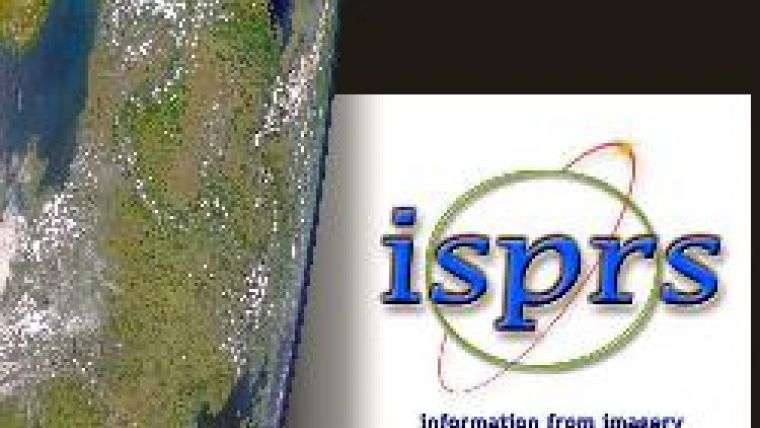Into a New Decade
The 2000 ISPRS General Assembly in Amsterdam approved a Strategic Plan for the twenty-first century. Its implementation has enabled ISPRS to demonstrate many successes in promoting photogrammetry, remote sensing and spatial information sciences, including the development of laser scanning, establishing more links with international NGOs and promoting student activities. This ISPRS centenary year of 2010 sees Council revising the Plan to meet the coming decade.
While the foundations laid by the 2000 plan still hold good, the scope and applications of ISPRS sciences have since undergone radical change in this rapidly evolving world. Major developments have been greater use of satellite sensors, Lidar and radar; operational use of remote-sensing science; and the incredible spread of the internet, presenting new challenges in education and computing. New organisations have appeared on the scene, and attitudes altered at international policy level; it is now accepted that science must demonstrate a benefit for society, ergo the Global Earth Observing System of Systems (GEOSS). The Group on Earth Observation (GEO) is recognised as a key player by many nations, especially the G8 countries. The role and status of national mapping agencies and commercial companies have also changed, with much more emphasis on efficiency and value for money. New markets have opened up: spatial data presented via internet with location-based services, animation, and recording and presentation of cultural heritage. The central role of imagery and derived products in disaster management and homeland security is now established; all developments demanding recognition and embracing by ISPRS.
This new Strategic Plan defines the mission of ISPRS:
... to advance the photogrammetry, remote sensing and spatial information sciences through international cooperation in research, development and education for the benefit of society and for environmental sustainability.
The vision is for ISPRS to be the foremost scientific society in its field, to speak for workers in the field and provide the necessary resources to develop this field.
Four Pillars
The Strategic Plan sets out four components: firstly to define the science of concern to ISPRS, and, in line with the vision, to advance the sciences of photogrammetry, remote sensing and spatial information; how the vision is communicated to the spatial information community and the general public; and how ISPRS is organised and administered in order to implement the vision. The new ISPRS Strategic Plan will position the Society best to work with the public and the science community to ensure that the role of imagery is understood and data used to benefit society. Implementation of the strategy will produce an efficient, professional organisation, ready to meet the challenges posed by changes to the environment, rapidly developing information and communication technologies, and a wider society demanding spatial information to satisfy new needs.

Value staying current with geomatics?
Stay on the map with our expertly curated newsletters.
We provide educational insights, industry updates, and inspiring stories to help you learn, grow, and reach your full potential in your field. Don't miss out - subscribe today and ensure you're always informed, educated, and inspired.
Choose your newsletter(s)
























